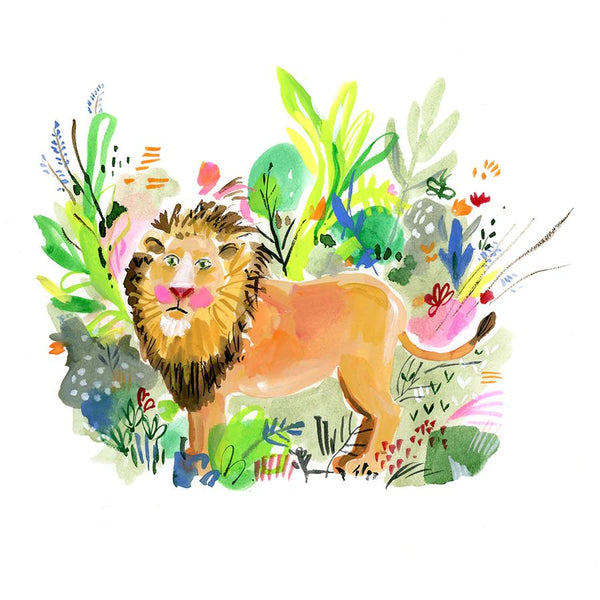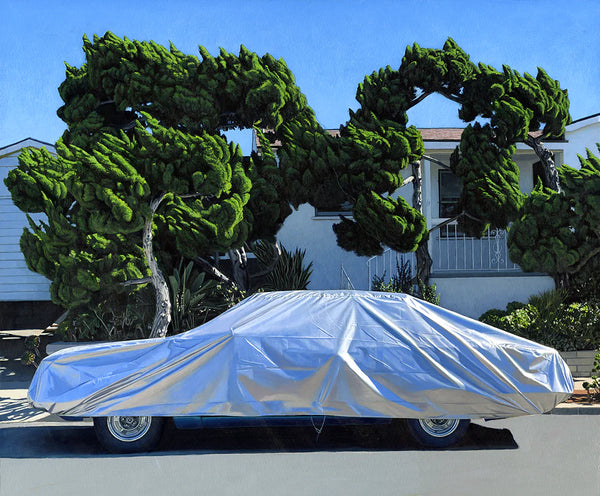This store requires javascript to be enabled for some features to work correctly.

Animals
From fur to feathers, the exotic to the everyday, in this collection you'll find adorable babes, ferocious beasts, and everything in between. Find the perfect affordable, limited-edition prints and objects for dog lovers, birdwatchers, farmers, entomologists, biologists, and anyone who fawns over fauna. All that gallops, flies, swims, waddles, or crawls can make its way onto your walls.



